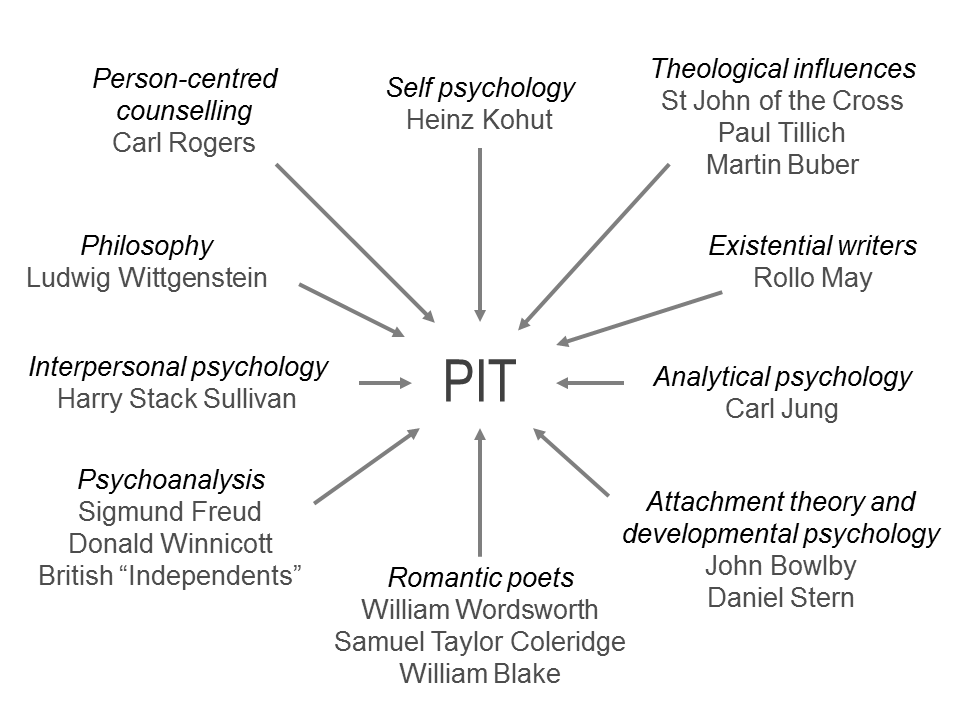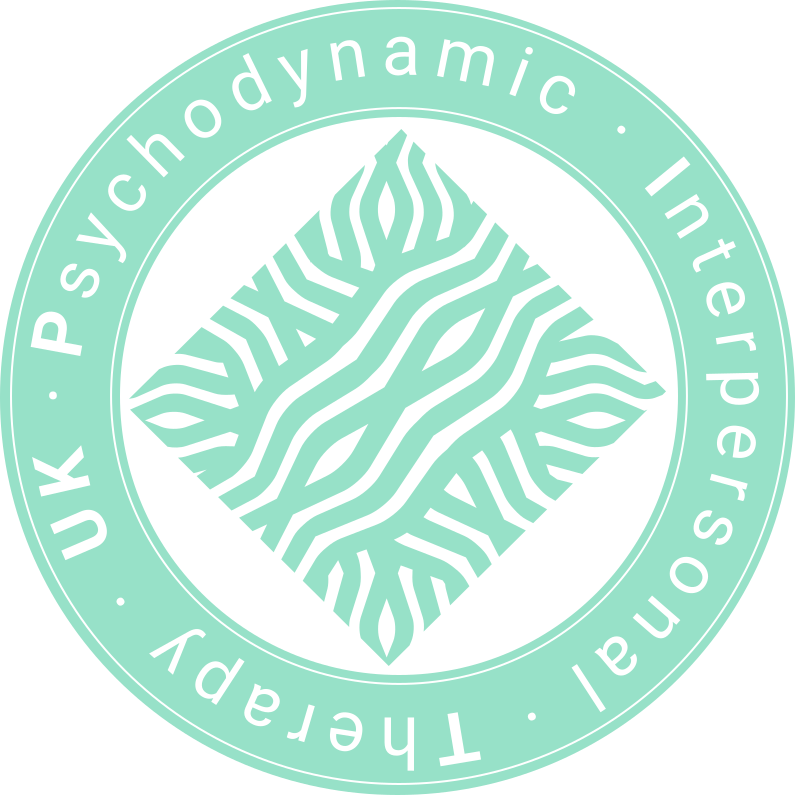Learning the Conversational Model
Helping therapists to become effective practitioners of PI therapy raises some complicated issues about whether psychotherapy is about applying skills; becoming competent at managing a variety of different therapy challenges; or about internalising and reflecting a set of values inherent in the idea of a conversation.
Therapists can adhere to a manual of therapy but not be remotely competent and our approach goes beyond adherence to look at how competence and expertise can be developed. We are concerned with helping therapists to become as competent and skilful as they can be, and to be able to maintain those skills in the long-term.
Conversational model from ANZAP
Link to a series of interviews by Russell Meares, Tony Korner and Loyola McLean
Links to other resource pages
PIT Research
This page gives an overview of research on PIT with a link to detailed references
Core competences
This page discusses how adherence and competence and skills are related with links to the UCL competence framework
Information for clients
There is a link for a leaflet you can provide for clients- this also gives some general background on PIT
Information on supervision
Some information about supervision needed for beginners through to experienced therapists
Theoretical foundations
The Conversational model draws on a wide range of theoretical ideas and being familiar with these provides a good foundation on which to learn.
This diagram brings in some of the main elements:

A Conversation
Forms of Feeling: The heart of psychotherapy:
The word heart in my subtitle can be understood in at least two senses. I am concerned with the centre, the basis, of my approach to psychotherapy: a developing relationship. What I say and do in therapy is aimed at promoting understanding: a “conversation”, a meeting between two experiencing subjects (an I and a Thou), here and now, in such a way that the learning can be effective in other relationships.. If, as I believe, psychotherapy is a matter of promoting a personal dialogue, then we need to knowhow to receive, express, and share feeling: how to learn a language of the heart in its “minute particulars”.
Forms of Feeling: The Heart of Psychotherapy p xiii
Bob Hobson, in supervision, used to talk about the need to have synergy between left and right brain thinking: The elements or skills being learned form the granular detail of the “minute particulars”- (picking up cues, tentatively suggesting how it may feel)- while simultaneously being “in the moment”, sensitive to the flow of the conversation and feeling the shape and contour of the conversation.
We have tried to provide a wide range of approaches on this site- each individual may prefer a different mix of approaches and we encourage “portfolio learning” with feedback from a wide range of sources.
Elements of the PI Therapy Adherence Scale
- Rationale for Exploratory therapy
- providing a rationale
- relating interpersonal change to therapy
- Shared understanding
- negotiating style
- language of mutuality (I and we)
- metaphor
- use of disclosure
- understanding hypotheses
- Focus on “here and now”
- cue basis
- focusing
- confrontation
- Focus on feelings
- exploration of feelings
- acknowledgement of affect
- acceptance of affect
- limitations
- Gaining insight
- patterns in relationships
- linking hypotheses
- explanatory hypotheses
- Structure
- sequencing interventions
- structuring the session
Facilitative conditions (common across therapies)
- supportive encouragement
- conveying expertise
- therapist’s communication style
- involvement
- warmth
- rapport
- empathy
- degree of formality/informality
Triangulation
Learning PIT involves lived experience, making links with past experiences as a therapist, hearing the internalised voice of the supervisor, and what we have learned from books, films and role play. All of these “triangulate” our experience in the room by bringing together these varied experiences into the here and now.
Using recording to learn PIT
Before the model was even described, Robert Hobson had already pioneered the use of audiotape and videotape feedback for teaching and supervision. He established the routine use of recordings in supervision (in those days in the form of audiotapes and less commonly videotapes) and he was one of the pioneers in the use of videotape as a teaching medium to model how therapists work.
From the outset, learning from feedback was intrinsic to this way of working. Hobson developed a repertoire of ways of introducing new therapists to effective practice, and his systematic use of feedback from sessions is still as relevant today.
